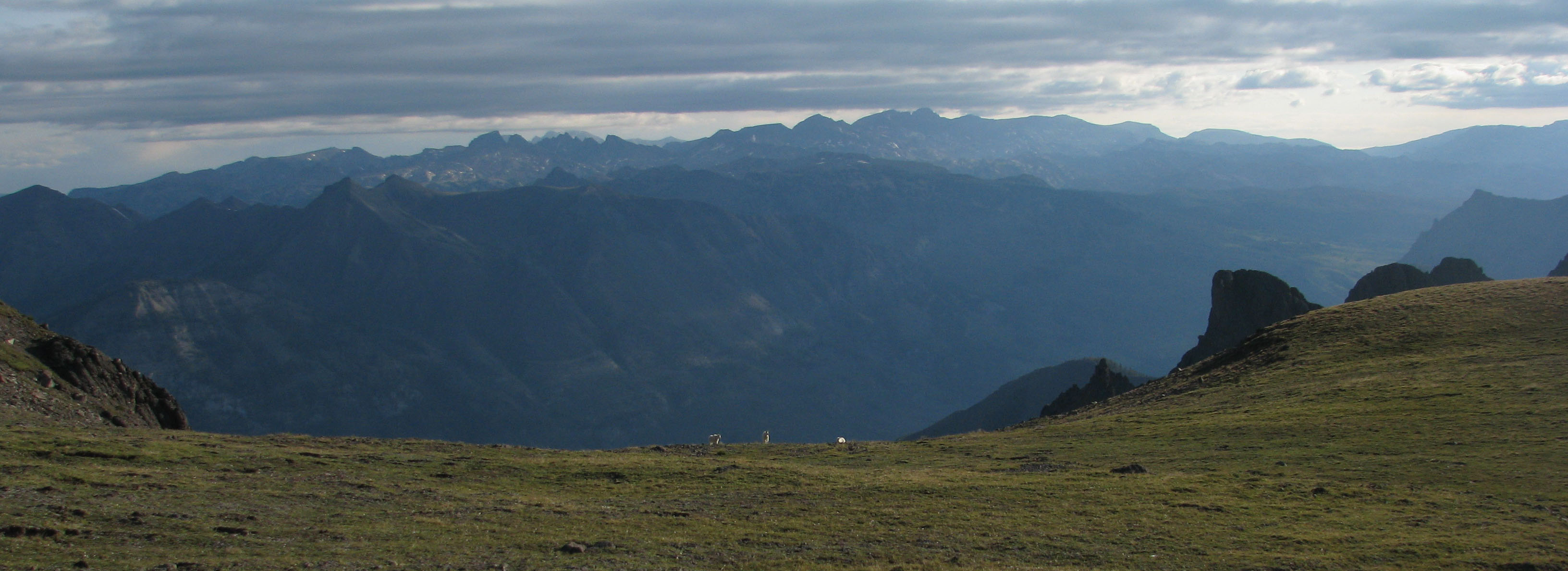chapter code
- Chapter 1
- Chapter 2
- Chapter 3
- Chapter 4
- Chapter 5
- Chapter 6
- Chapter 7
- Chapter 8
- Chapter 9
- Chapter 10
- Chapter 11
introduction to r (SUPPLEMENTARY appendix)
AN AMALGAM OF r (WILL REPLACE introduction to r)
BOOK ERRATA
Reviews and News
- MAA Reviews 9/30/2014
- STAT METHODS MED RES 2/28/2014
- Zentralblatt MATH (zbMATH) 2015
- The American Statistician 2015
- ISU Headlines 4/8/2014
R Resources
FOUNDATIONAL AND APPLIED STATISTICS FOR BIOLOGISTS using r
Motivation Statisticians have complained to me at national meetings that biologists should be prevented from attempting serious statistical analyses because they often misapply procedures and misinterpret outcomes. This view, however, is unproductive. The biologist, in the ideal, is the best possible analyst of biological data because she is knowledgeable about the system to which inferences are being made.
The premise of the book is that solid statistical foundations lead to the correct application of procedures, a clear understanding of analyses, and valid inferences concerning phenomena. In my opinion this requires both an exposure to the underlying tenets of science and a consideration of foundational mathematics. This is a departure from classic biometric texts, which discuss applications without underpinnings.
Approach My approach is to encourage students to construct their own sense of what is being learned using the R computational environment. Unlike commercial statistical software R does not hide its algorithms in black boxes. Instead, complex procedures can be viewed step by step to demonstrate how results, shown in textbooks, are obtained. In addition, the superb graphical capabilities of R allow interactive demonstrations to aid in comprehension. A companion package to this book called asbio has been created specifically for this purpose.
A link to the classroom-tested document "Introduction to R" and code for all figures in the text are provided here (see left panel).
Errors In the 1st printing a frustrating reversal of the conditionality of P-values occurs on pages 90 and 199 although it is stated correctly elsewhere. The true conditionality is P(data|H0).
Also, in typesetting, "equal" and other signs have been removed from figure code in a number of places.
I apologize for these and other errors, and welcome the discovery of new errors. Please verify, however, that they are actually new by checking the errata.
Instructors and students should be aware that the errata includes corrections to exercises.
A second printing, published in the fall of 2015, corrects these and other errors.
Additional Teaching Materials Instructors who wish to receive worked answers to selected exercises from the textbook can contact me personally. Also availabe are extensive knitr-generated classroom slides for Chs. 1-11 and lists of test questions.
ASBIO SOFTWARE
A novice to command line interfaces can install and load asbio, and access the central “point and click” book menu by typing just three commands into R:
install.packages("asbio")
library(asbio)
book.menu()
Subsequent access to the menu during new work sessions requires only the last two commands.
MAC OS users
please use the newest version of R, and download the most recent version of XQuartz to allow implementation of tcltk GUIs in asbio.
Additionally, for asbio pulldown menu functionality, BWidget needs to be currently installed by MacOS users. This is fairly easy to do. First, find the Tcl search path using
library(tcltk)
strsplit(tclvalue('auto_path'), " ")[[1]]
Next, download the sources from BWidget and in a terminal run something like
tar xf bwidget-1.9.14.tar.gz
sudo mv bwidget-1.9.14 /usr/local/lib
substituting a location on the Tcl search path for /usr/local/lib if needed. (If no location on that search path is writeable, you will need to add one each time BWidget is to be used with tcltk::addTclPath().)
